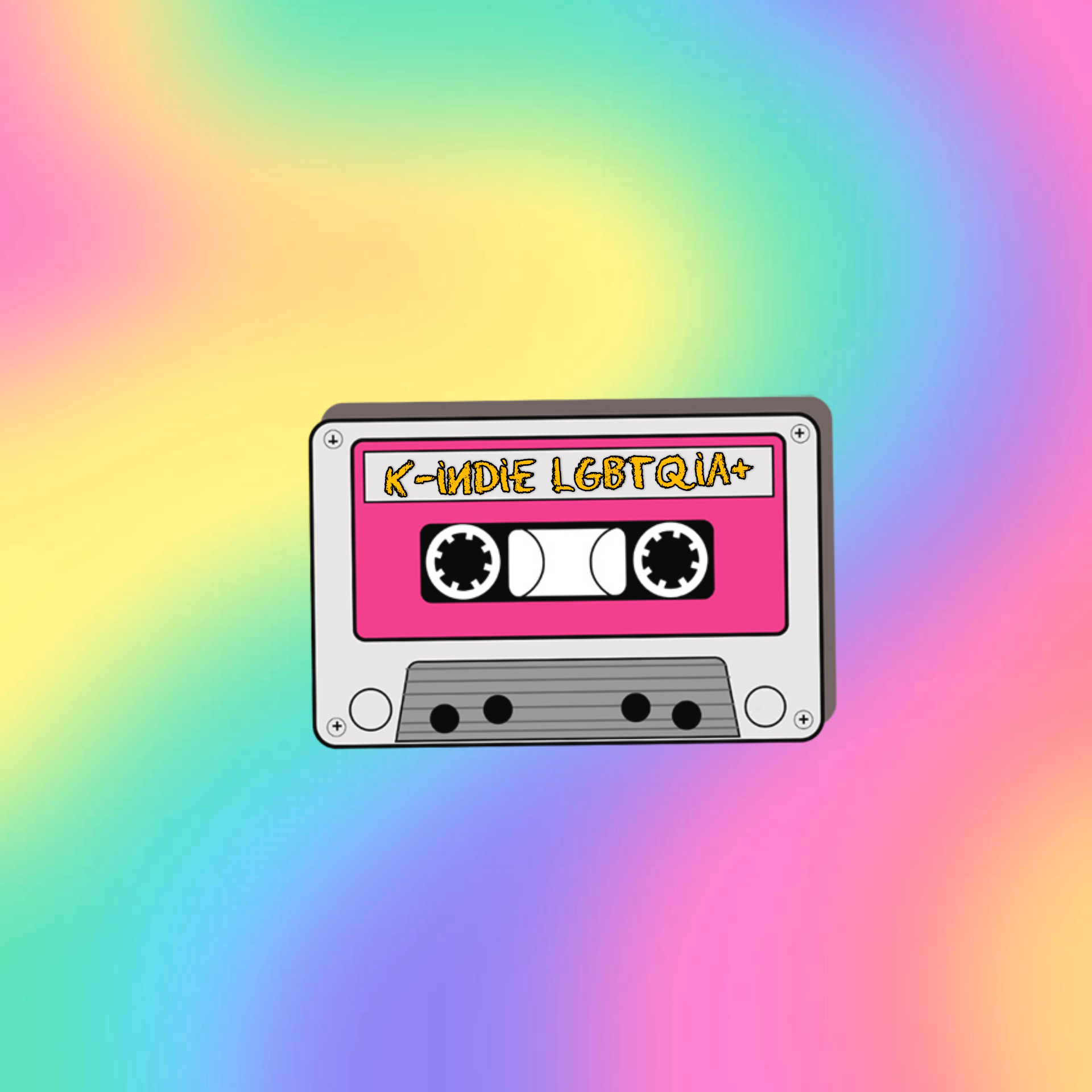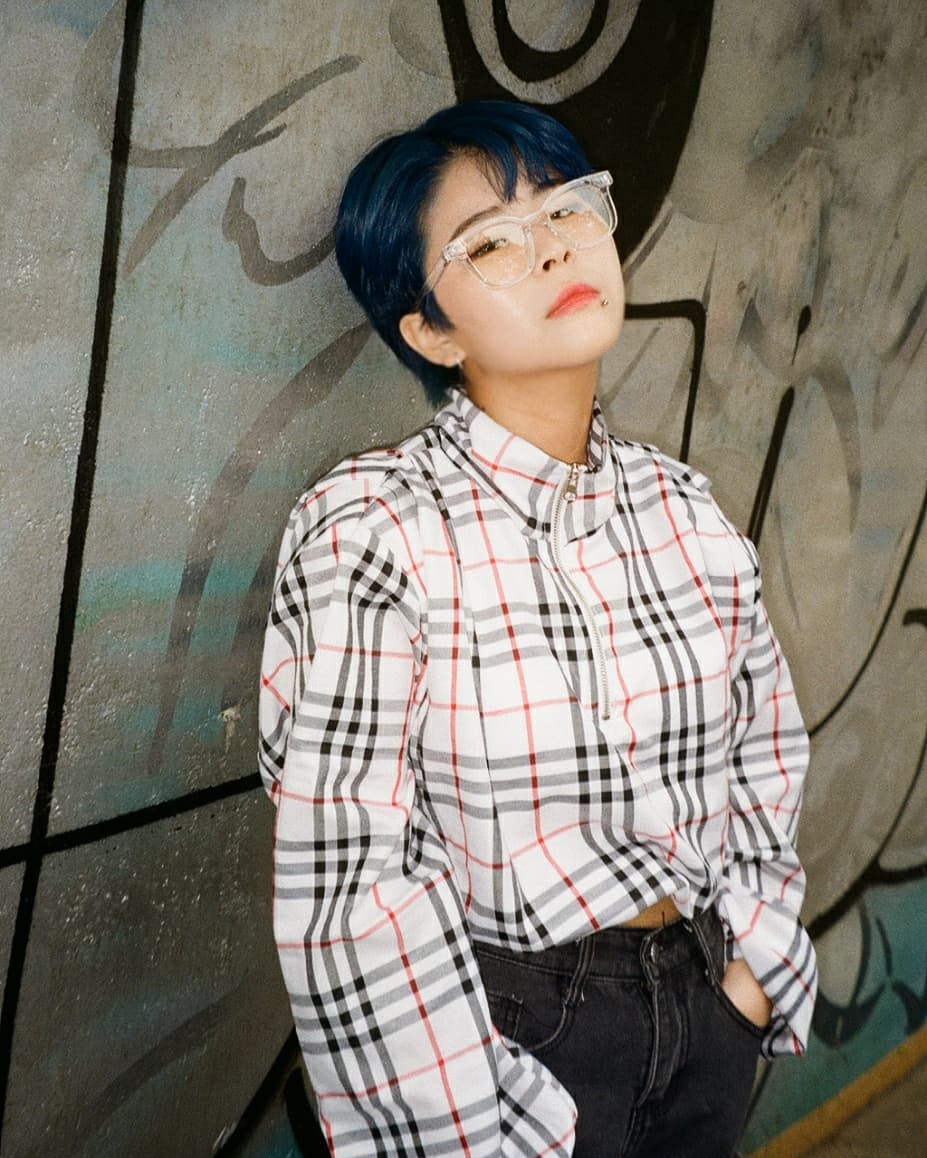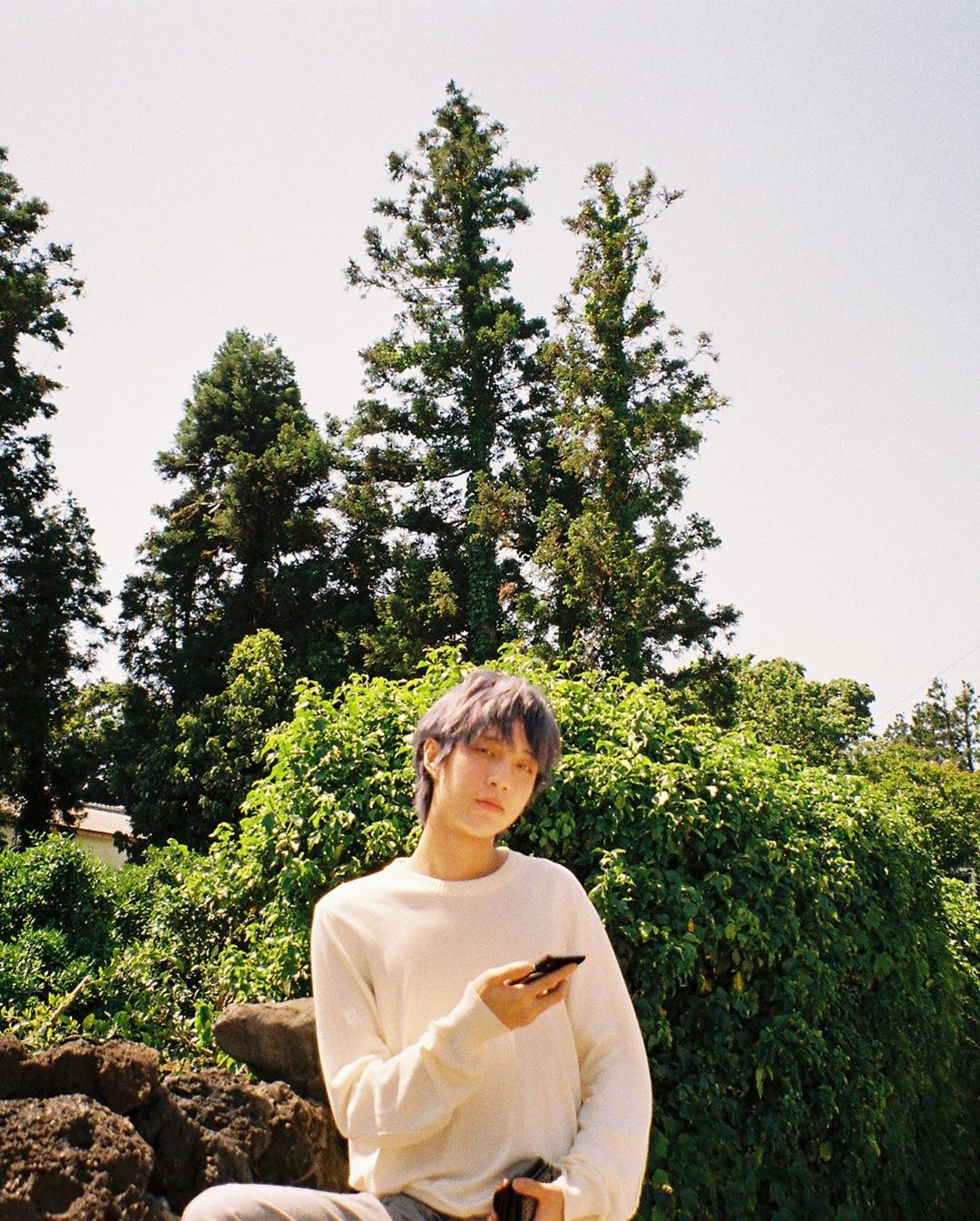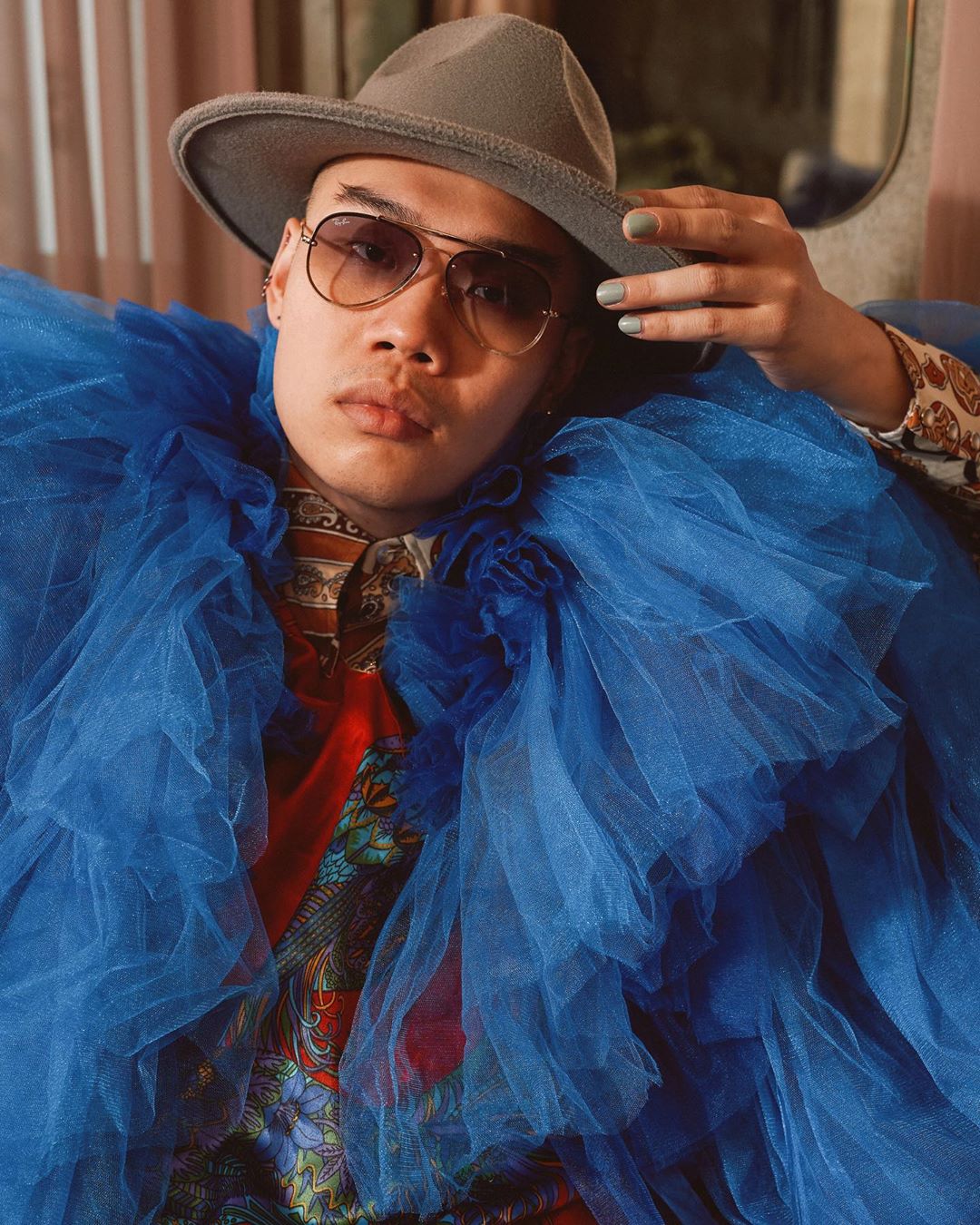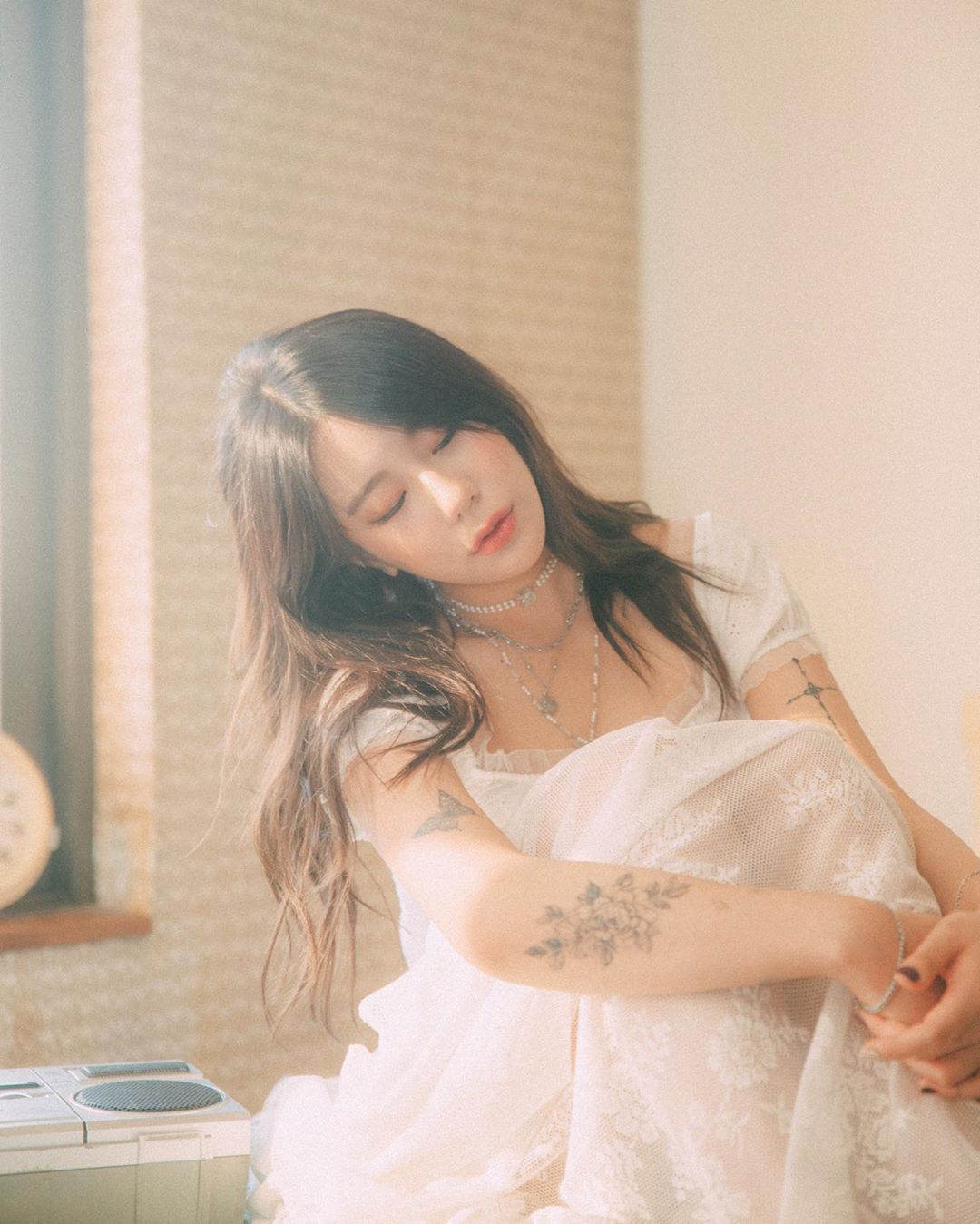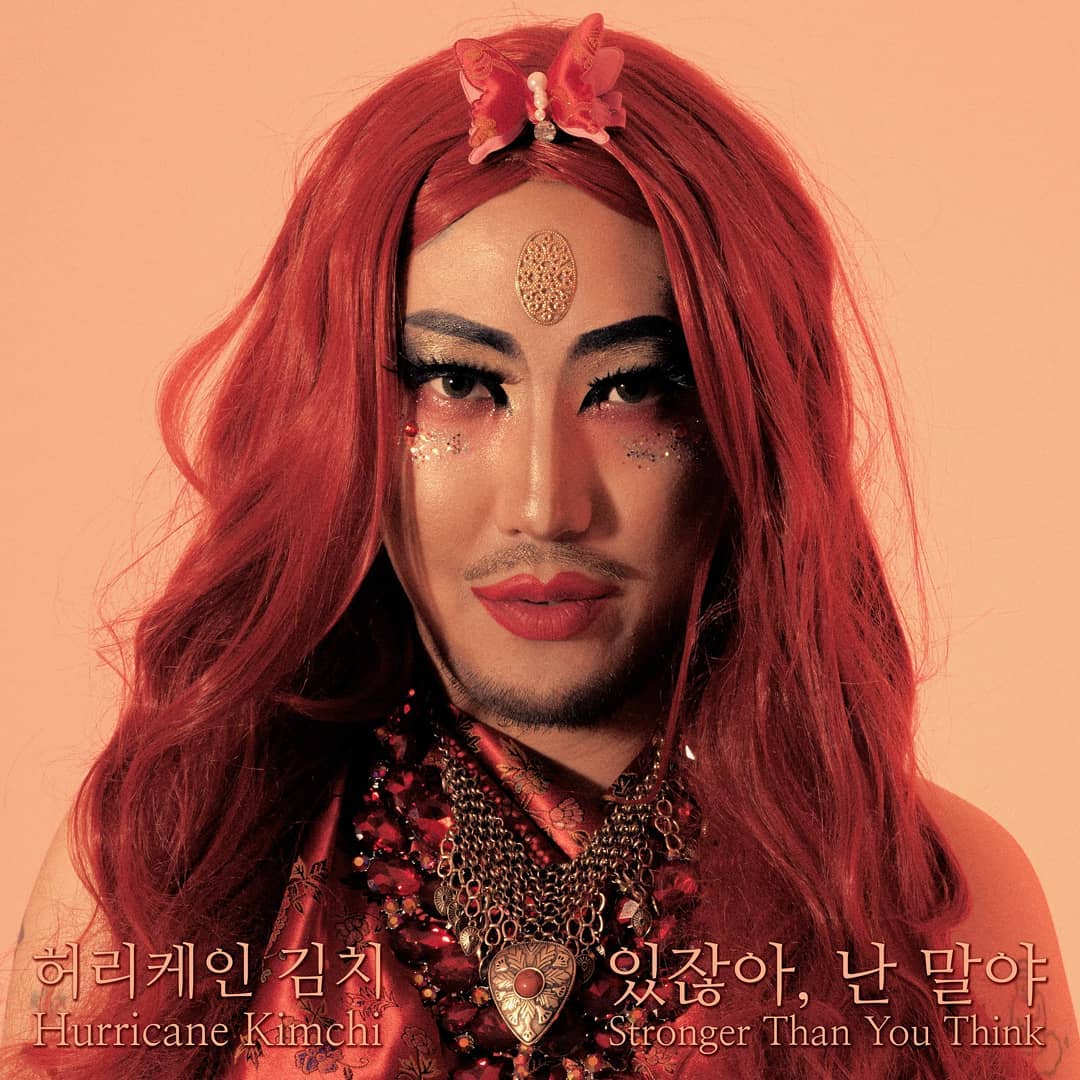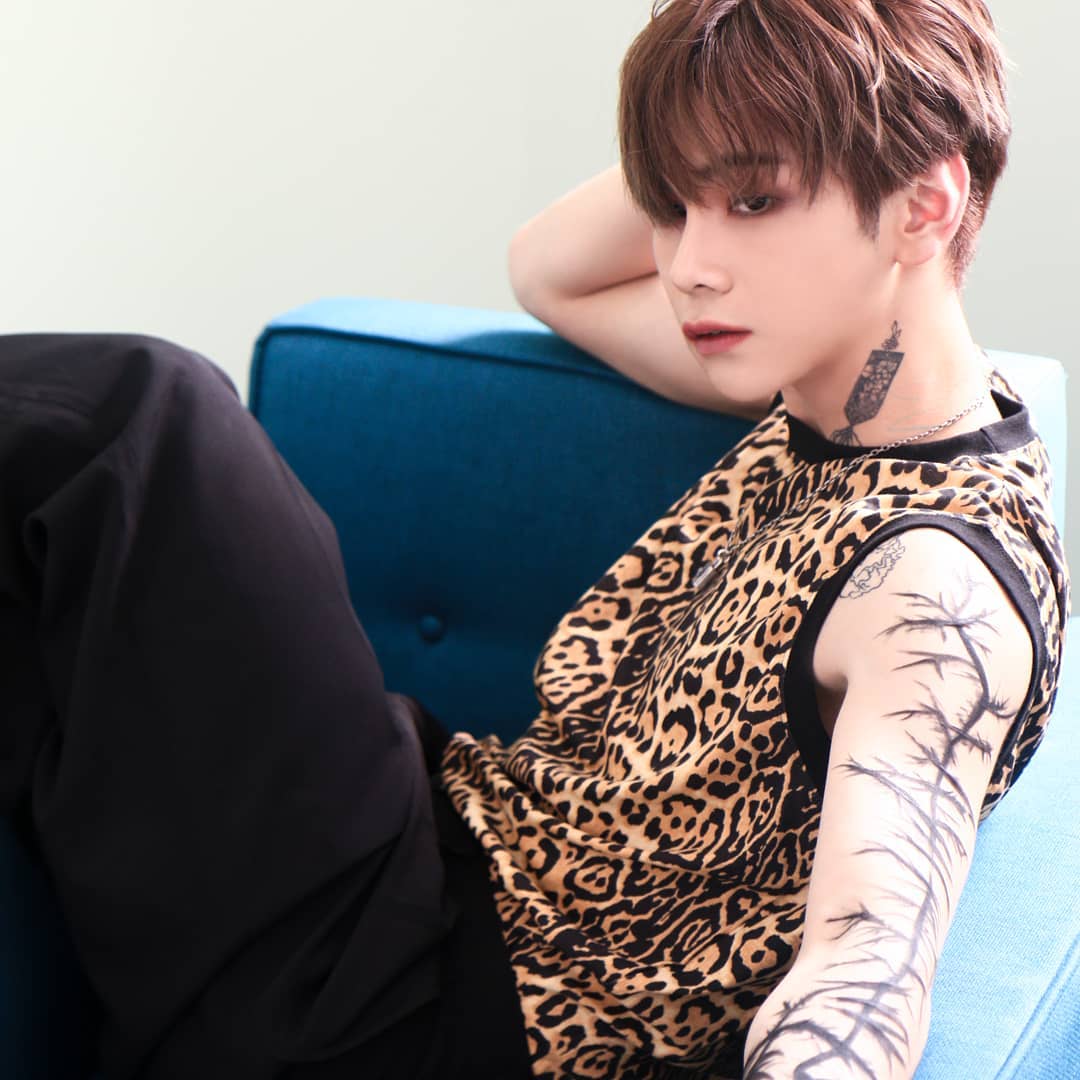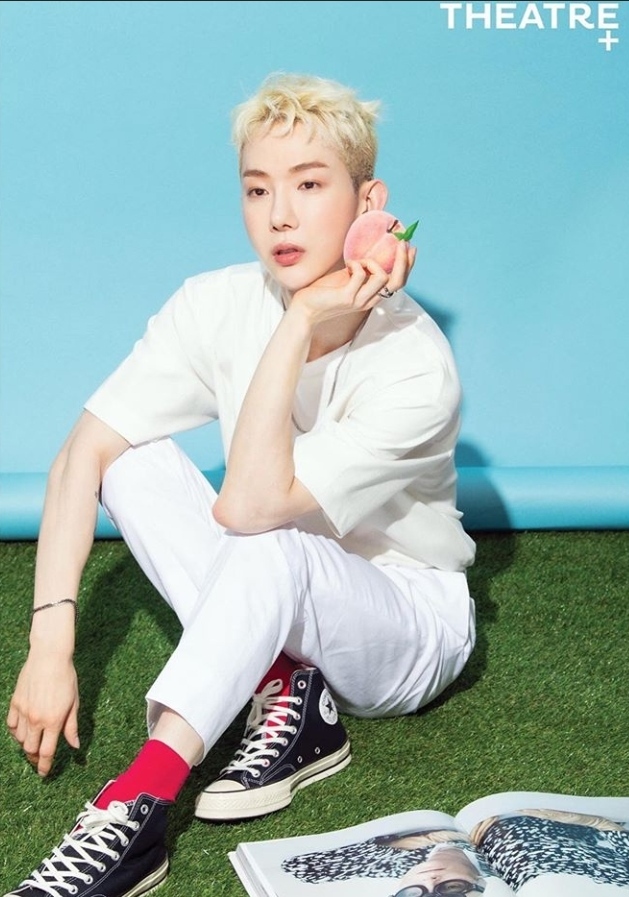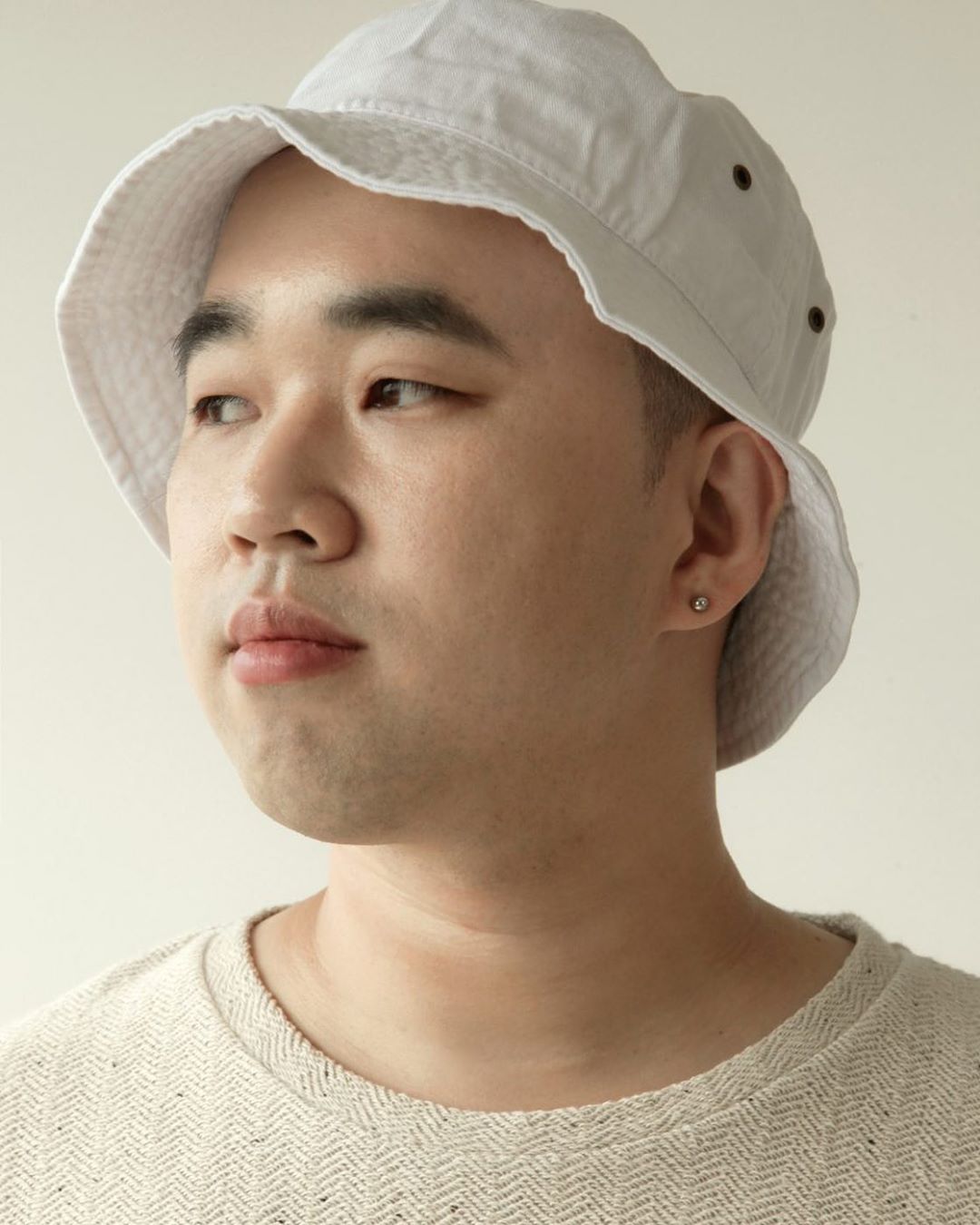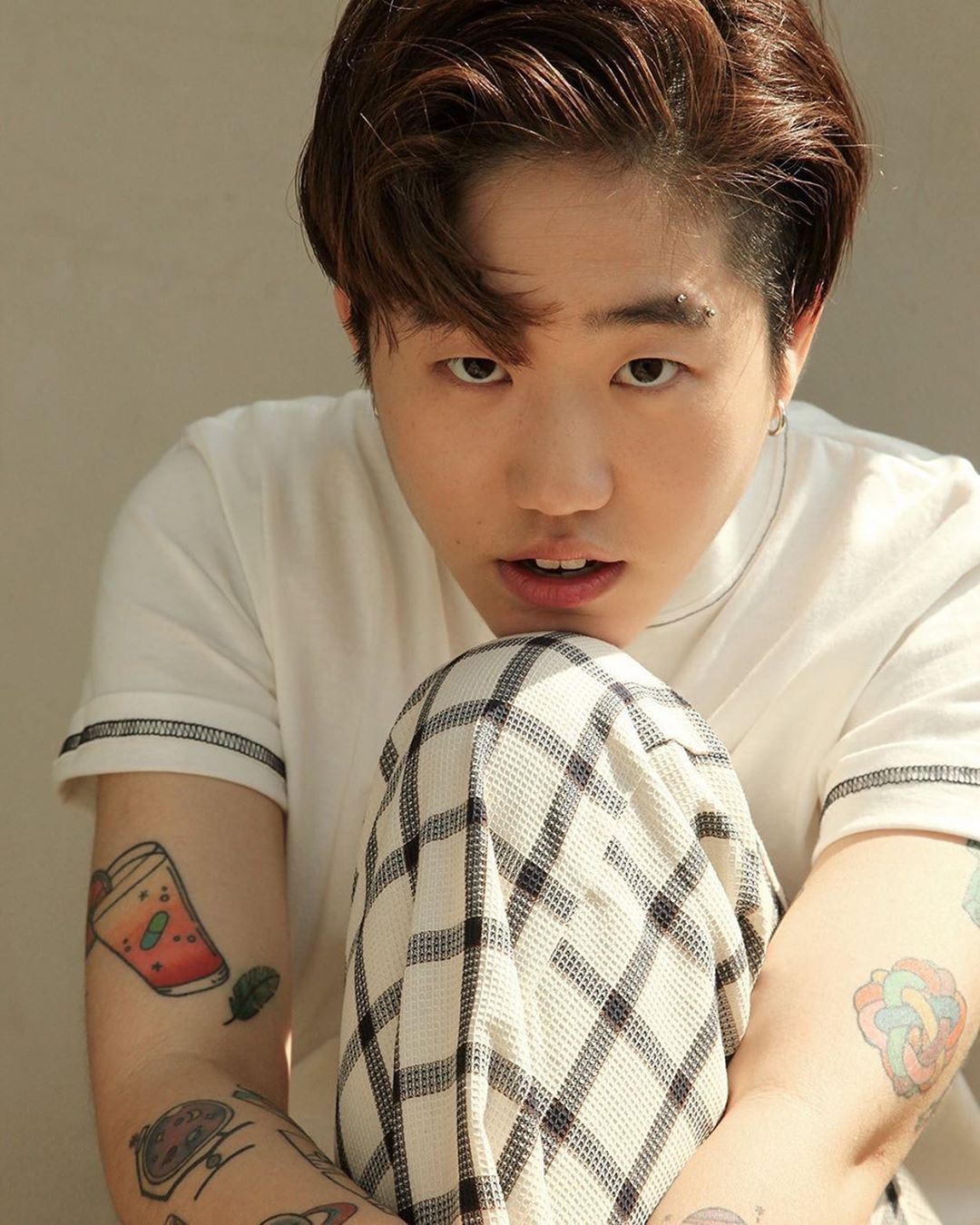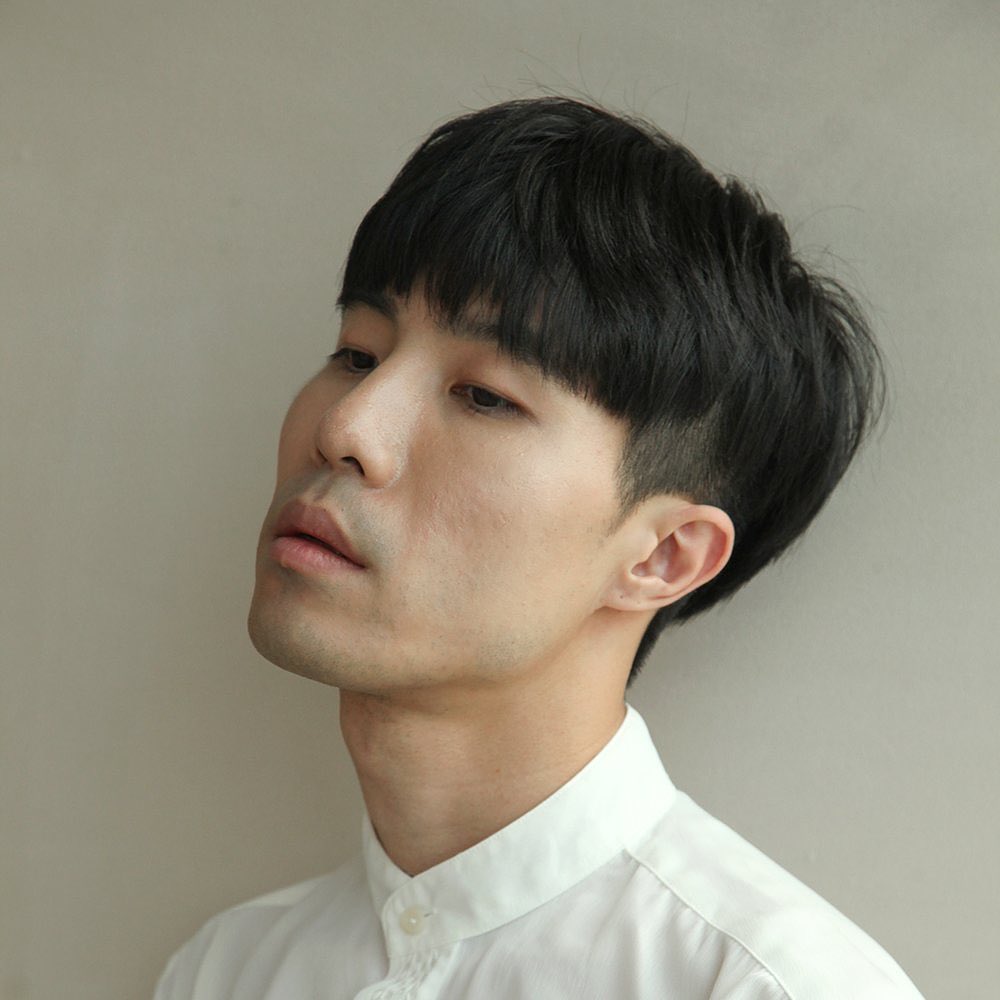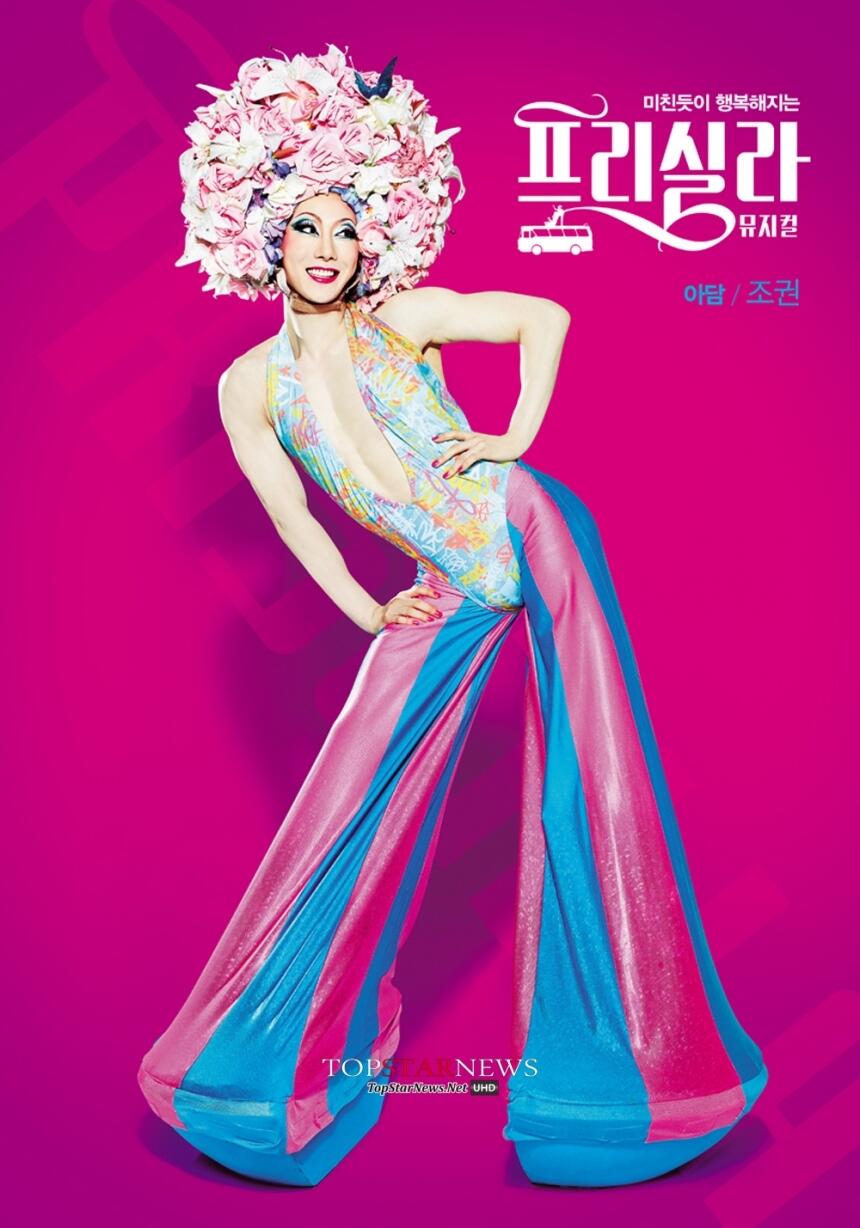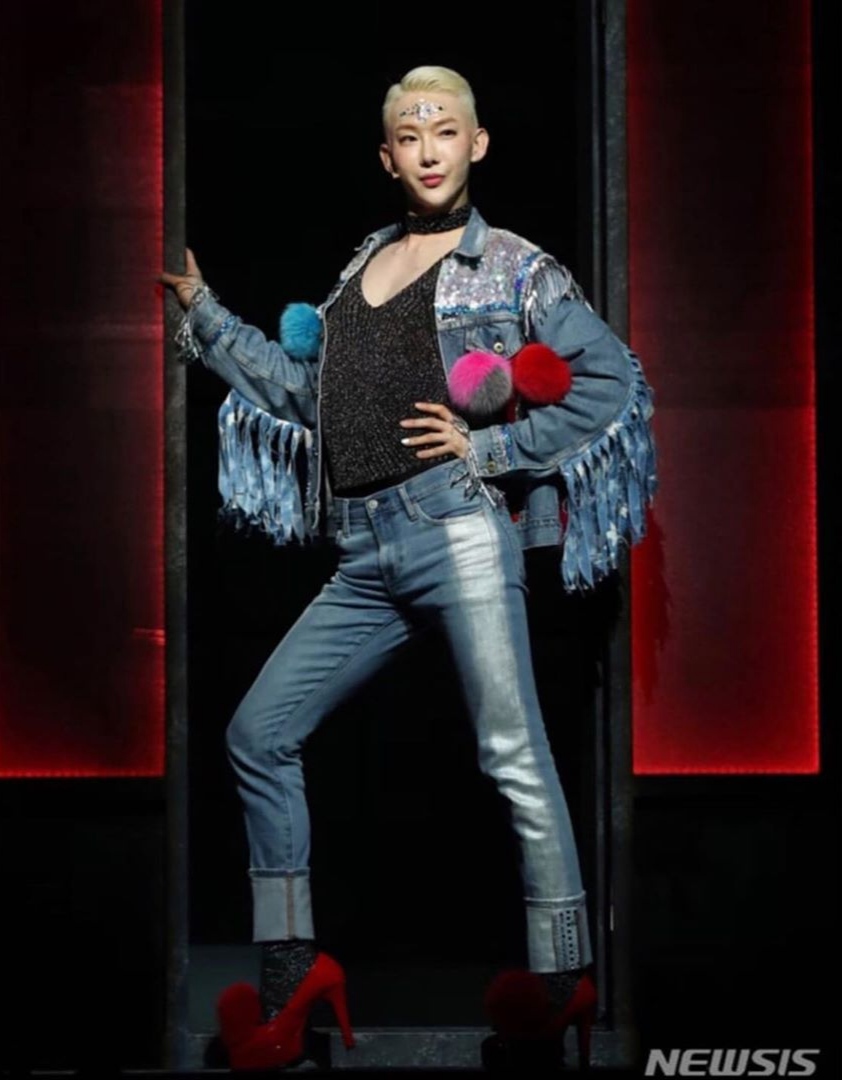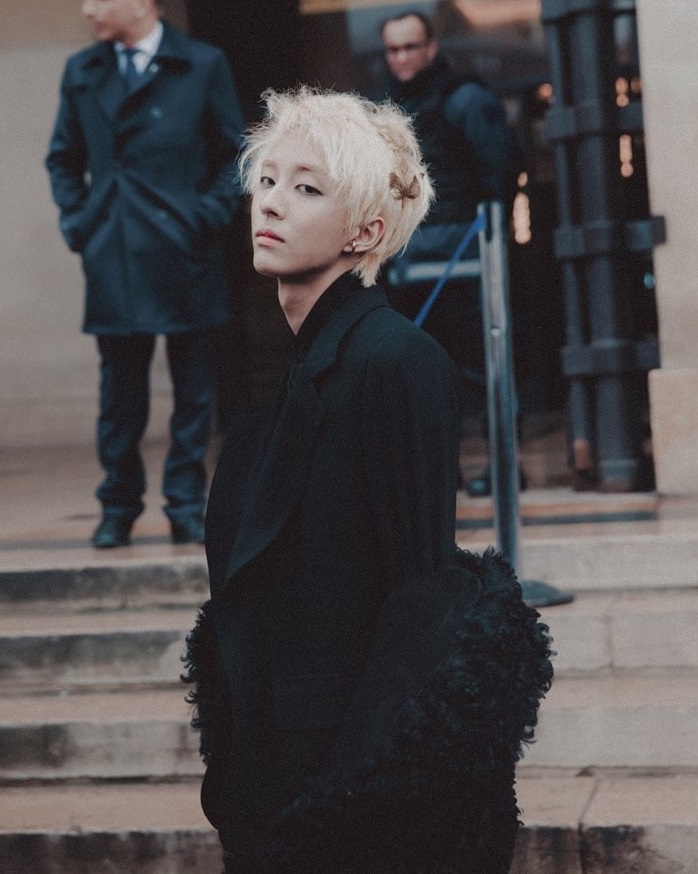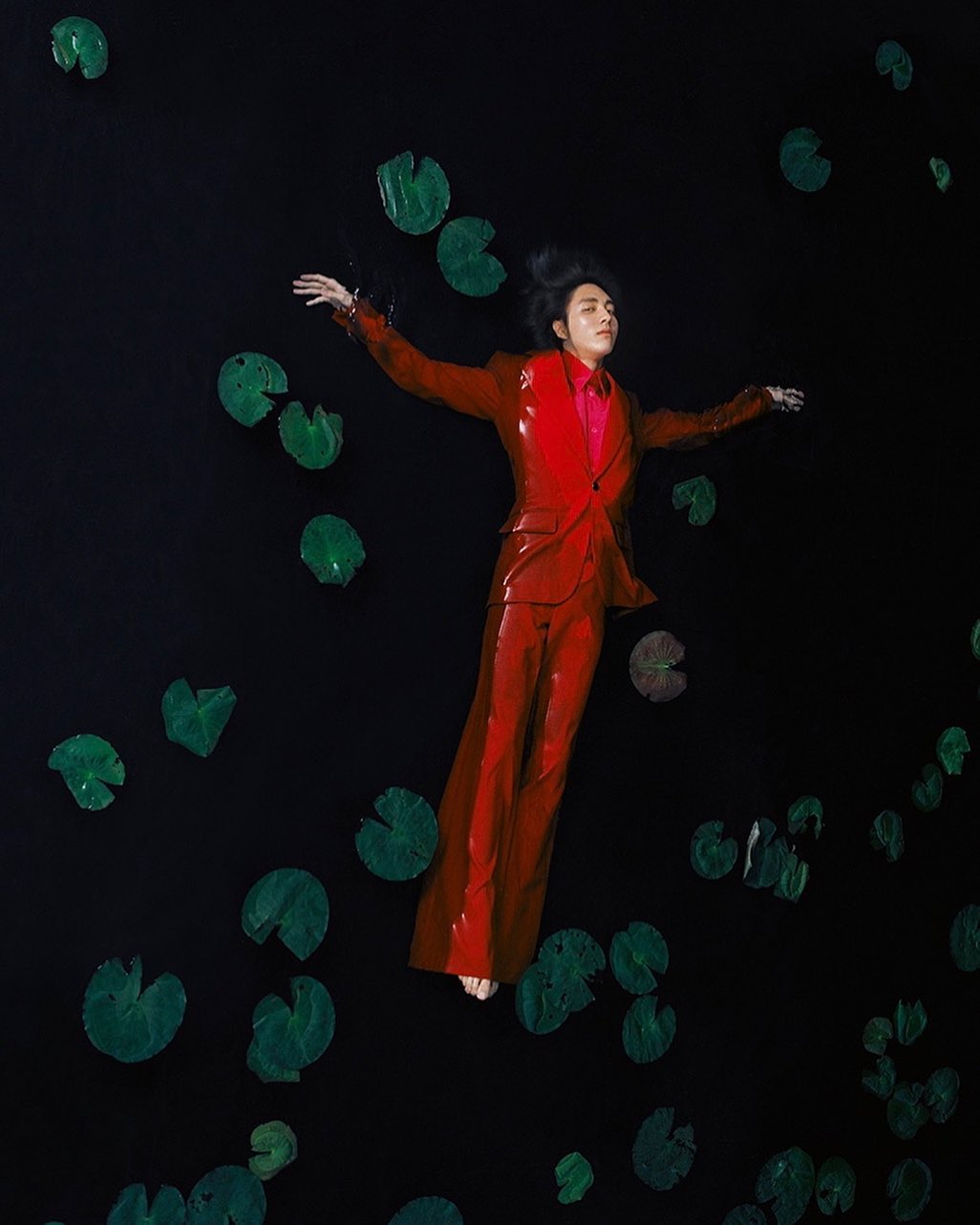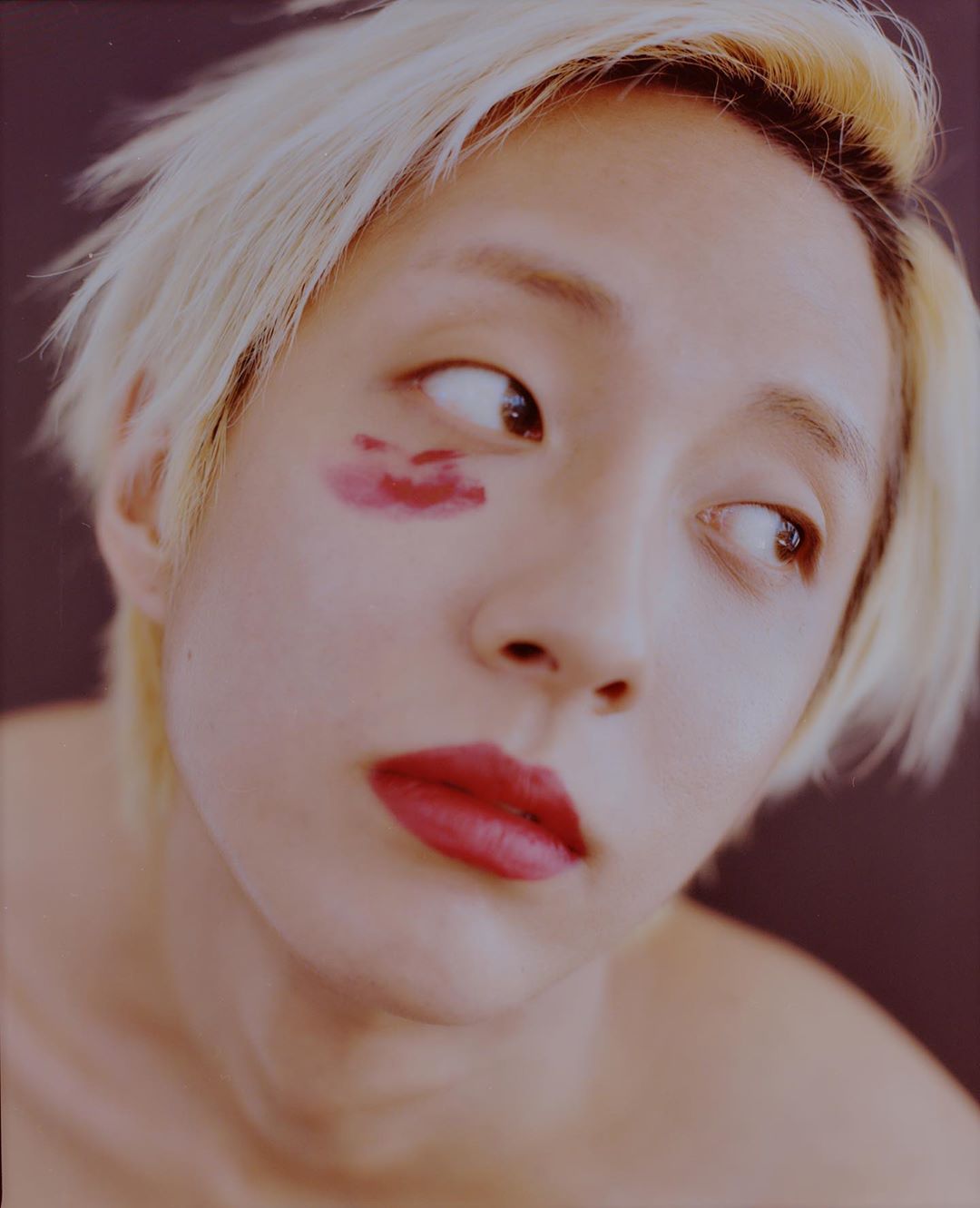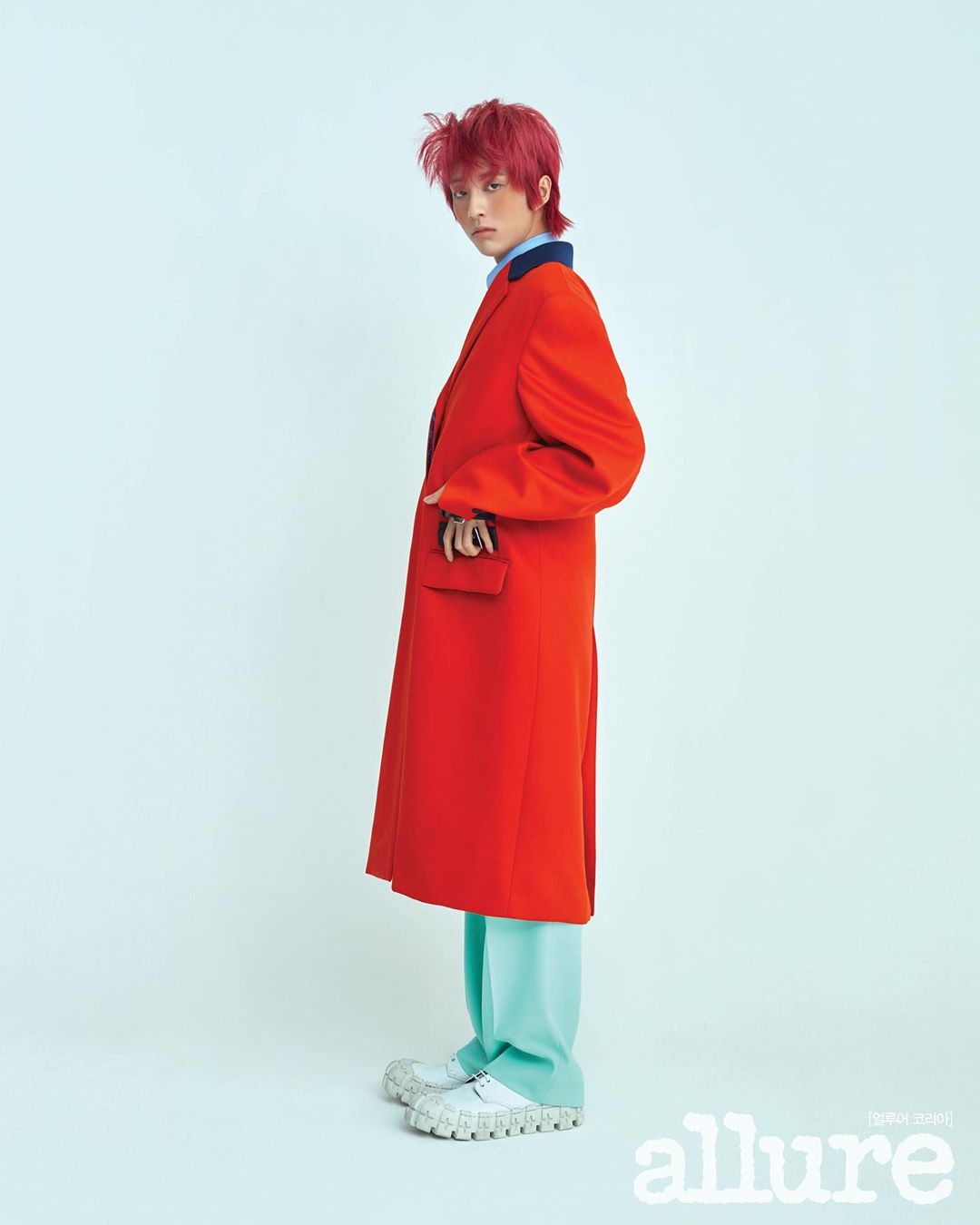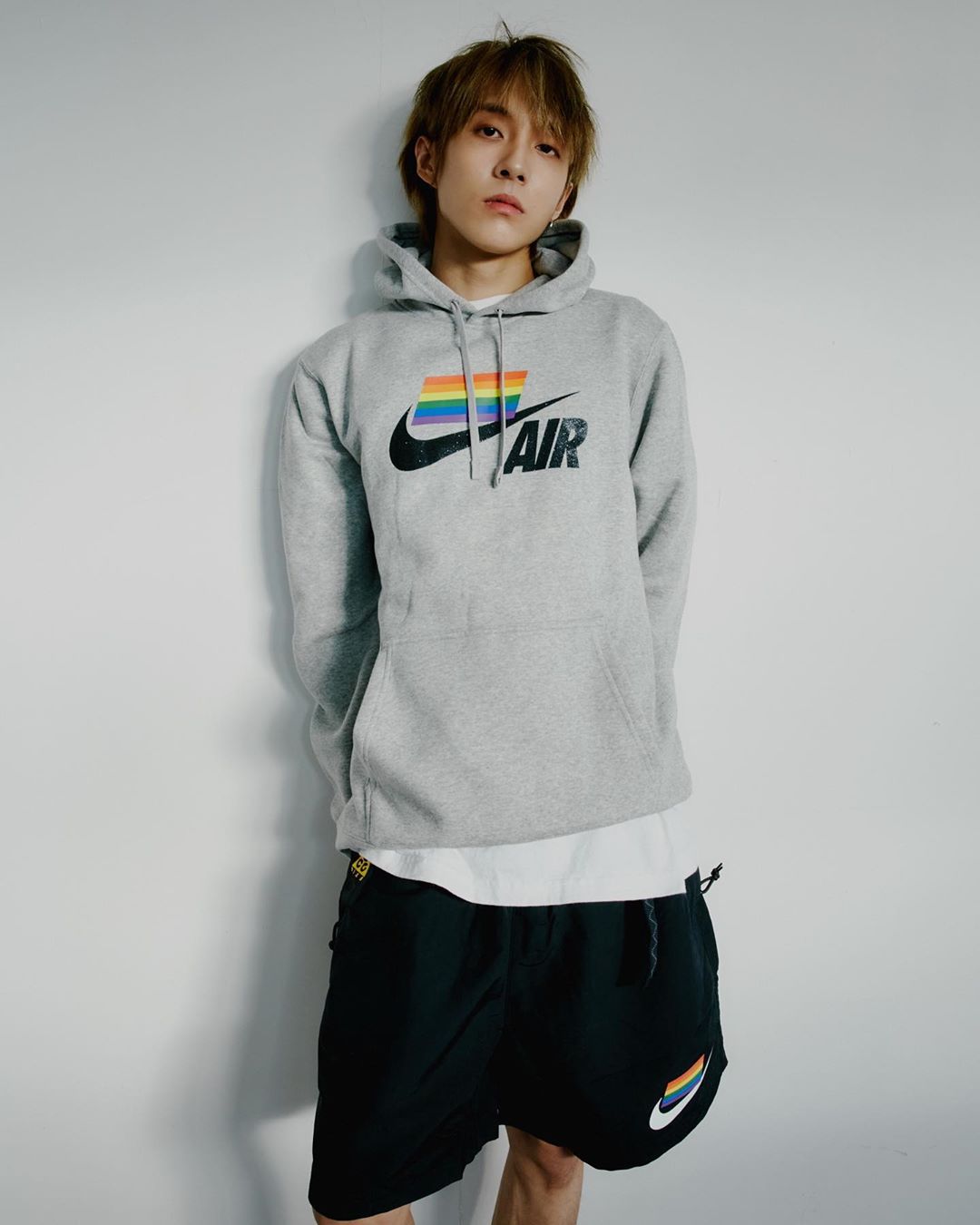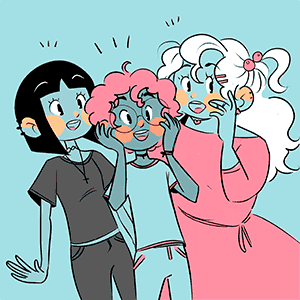DAZE ALIVE, TaU and Fine talk about LGBTQIA+ representation and the significance of its growth in South Korean indie music.
You just have to think about the number of queer K-Pop artists that are out for you to realize that we can count them on our fingers. And just in one hand. Holland is the name of the LGBTQIA+ community in Korean pop music. But beyond him and beyond the mainstream, the LGBTQIA+ representation grows in the Korean indie scene and has been an opening space for artists like TaU, Fine, MRSHLL, Jiae and Hurricane Kimchi to have a platform of expression and reach.
This generation of committed, proud and, above all, courageous artists who put themselves so honestly in the media – be it small or large – means an opening to a more inclusive culture.
“I feel a sense of community and unity about them,” declares Fine, a non-binary and pansexual rapper, about the small group of queer artists they know and with whom they share the scene.
In addition to the formation of this community, the presence of these artists also brings a turning point in terms of representativeness in South Korean music. Not only opening up space for the next generations of artists, but also creating new examples for the LGBTQIA+ South Korean community itself, which has so few local artists as a reference of existence and resistance.
LGBTQIA+ Representation: the necessity of local references
“I think that many LGBTQ+ in Korea will receive more comfort from abroad than in Korea,” says Fine, who has gone through years of denial about their identity. A difficulty in accepting themselves, due to, among other reasons, the lack of local representation.
“It was hard to find good examples in Korea, but the news of legalization of same-sex marriage abroad and the coming-outs of overseas celebrities helped me a lot.”
Holland himself, a name currently more known among South Korean queer artists, has already said in an interview that he used Hollywood media to find these references, since it is an environment where LGBTQIA+ representation is more common.
The lack of representation, which has been reported by queer South Korean artists, only reinforces the need and importance of this movement that is currently taking place on the independent scene. And these artists are already willing to take this role as an example for the community.
“It would be great to be someone’s role model, I want to have a good influence on people,” says the singer TaU. She, who is admittedly bisexual, says that the LGBTQIA+ community gains strength when it has its feelings and thoughts expressed through music, and that this guides her though her creative process.
An example of that, her songs, just as Fine songs, tend to not limit the lyrics to feminine/masculine pronouns. The detail can be seen minimal to some people, but for someone who grows up in a society that doesn’t acknowledge your identity and your relations, this can be a factor of an important identification and inclusion.
“I think it’s good that I can not only send messages to men, but also to women. I hope people don’t question why women sing love songs to women,” declares TaU.
Korean Indie scene: opportunity or limitation?
A receptive space for LGBTQIA+ artists is definitely a reason to celebrate, but it is also worth questioning why LGBTQIA+ representation grows in the Korean indie scene specifically.
For DAZE ALIVE collective, formed by SLEEQ, JERRY.K and Rico, this reality can be explained by the fact that the underground scene has a less commercial character compared to mainstream music – which is still very resistant when it comes to supporting LGBTQIA+ people.
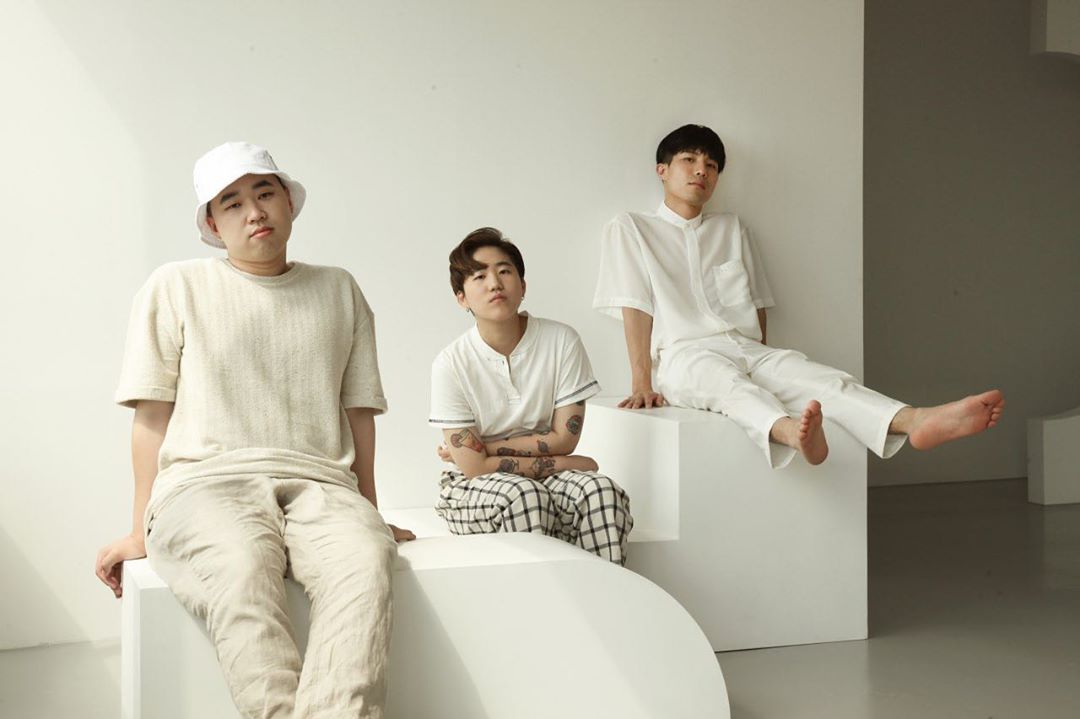
But other factors can also be considered. Like, for example, the safe space × limited space issue.
With a strong LGBTQphobia culture in the country and, as already mentioned, a very small representation, the mainstream environment carries prejudices and standards that basically require queer artists to focus on the independent scene.
Something that, by the way, it’s not even limited to the South Korean music or entertainment scene. Here in Brazil, for example, despite having out artists like Pabllo Vittar and Ludmilla, it was just recently that LGBTQIA+ artists became more common and accepted in popular music.
For Fine, this concentration in independent music is not about a safer space inside this scene, but a matter of less exposition to the mainstream standards.
The DAZE ALIVE team, for example, which has been active for longer, has already felt, just by putting themselves in the place of LGBTQIA+ allies, part of the reason why it is so difficult for queer artists to push the boundaries of independent music and achieve greater visibility.
“When JERRY.K complained about using “gay” as a curse, CJAMM responded with a diss. Upon seeing DAZE ALIVE’s public support for LGBTQIA+ community, DEEPFLOW also used the phrase “Gays Alive”. The Korean hip hop scene has this homophobic attitude. That’s why DAZE ALIVE supports LGBTQ+ more openly. Because we want them to know that there are other voices here as well,” points out the company.
Although the story marks K-hip hop specifically, LGBTQphobia is not limited to just one specific musical genre, let alone the world of music. According to Fine, what we see in the music industry is a direct reflection of social behavior: “Korea is still a place where hatred for LGBTQIA+ is widespread,” they summarize.
You might also like: Women also belong in K-Indie
Is representation in K-pop and mainstream even possible?
“I want to get attention from the mainstream. A lot of exposure and attention can increase LGBTQIA+ visibility and we can help people to admit that we are in everyday life,” says Fine, who also expresses their willingness to receive all the hatred necessary for this to be a reality in the future.
But, as LGBTQIA+ representation grows in the Korean indie scene, could it be that it will take that long before that becomes possible in the mainstream?
Amongst the international K-Pop fans community there might be a great willingness to accept queer artists — which often borders on fantasy — but historically, K-Pop is not exactly an example of a welcoming industry for LGBTQIA+ people.
“Hong Seok-cheon, who came out as a gay, has not been active for nearly 10 years, and a transgender singer named Hari-su also received endless hatred,” recalls Fine.
There is also the example of the singer Jiae, who was part of WA$$UP. In a recent interview to K4US, she revealed that she had so many limitations during her idol days that she was unable to even find out about her bisexuality while she was in the group.
So it is not for a lack of attempt that this representation is not yet a reality. In addition to the issues of prejudice, it is necessary that references are established, so that LGBTQIA+ artists can see themselves and can discover and recognize themselves.
“Considering the homophobic atmosphere of mainstream music, we believe that there is still a long way to go,” says DAZE ALIVE.
The change already has its front line
Despite the adversities, slow steps are moving towards change – which already takes on some names and bodies. Harisu, for example, is back on TV. Through the TV show Voice Trot, she has been enchanting the industry with her voice and sharing space with other women, without having her identity questioned. In one of her performances on the program, she even took Choi Hanbit, another trans artist, to her performance.
Jokwon, who for many years has had his sexual orientation questioned by the public and the media, recently declared that “having no gender is my weapon.” For some, the statement doesn’t necessarily fits in “coming out as a genderless person”, but Jokwon definitely continues to challenge gender norms and work in productions such as Everybody’s Talking About Jamie, which brings LGBTQIA+ diversity to South Korean stages.
Holland, on the other hand, is a specific case of success. Like the queer artists that are now rising, the singer comes from the independent scene. But his incisive work and the visibility provided by the massive engagement of global K-Pop fans have allowed Holland’s career to take a leap.
Despite not having so much recognition within his home country – even going through censorship cases for mere gay kisses in his MVs – Holland has become the face of LGBTQIA+ Korea in fashion weeks and magazine covers around the world.
And these are just some examples of this amplified visibility. South Korean music nowadays also counts with the reinforces of TaU and Fine, who break gender barriers in their songs, becoming references to the LGBTQIA+ youth; the drag queen and a social activist Hurricane Kimchi; MRSHLL and his multi-genre carrier; and even some ex-idols like Jiae and Navinci.
“The more openly queer artists showing that queer people are like any other, the more positive [these artists’ impressions] will be,” says DAZE ALIVE.
For the collective, the turn we’re witnessing regarding LGBTQIA+ representativeness is only possible because of the power of culture. And this environment of artistic expressions can allow something even bigger to happen.
“It’s really hard to create that nondiscriminatory world, so I’d like to take a little part in it. That is my goal as of now,” concludes TaU.
K4US appreciates the availability of Fine, TaU and DAZE ALIVE to discuss such an important issue with us, lending us their views so that we can better understand the union of two universes (LGBTQIA + and independent music) that deserve so much support.
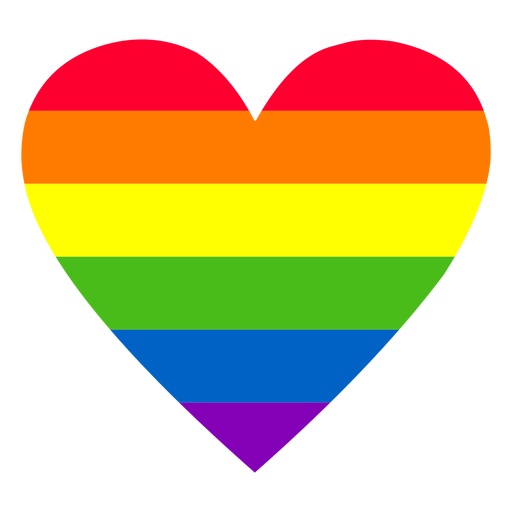
Interviews by Bea | K4US Editorial team.
Do not use this content without linking and crediting our work!
 Português
Português English
English 한국어
한국어